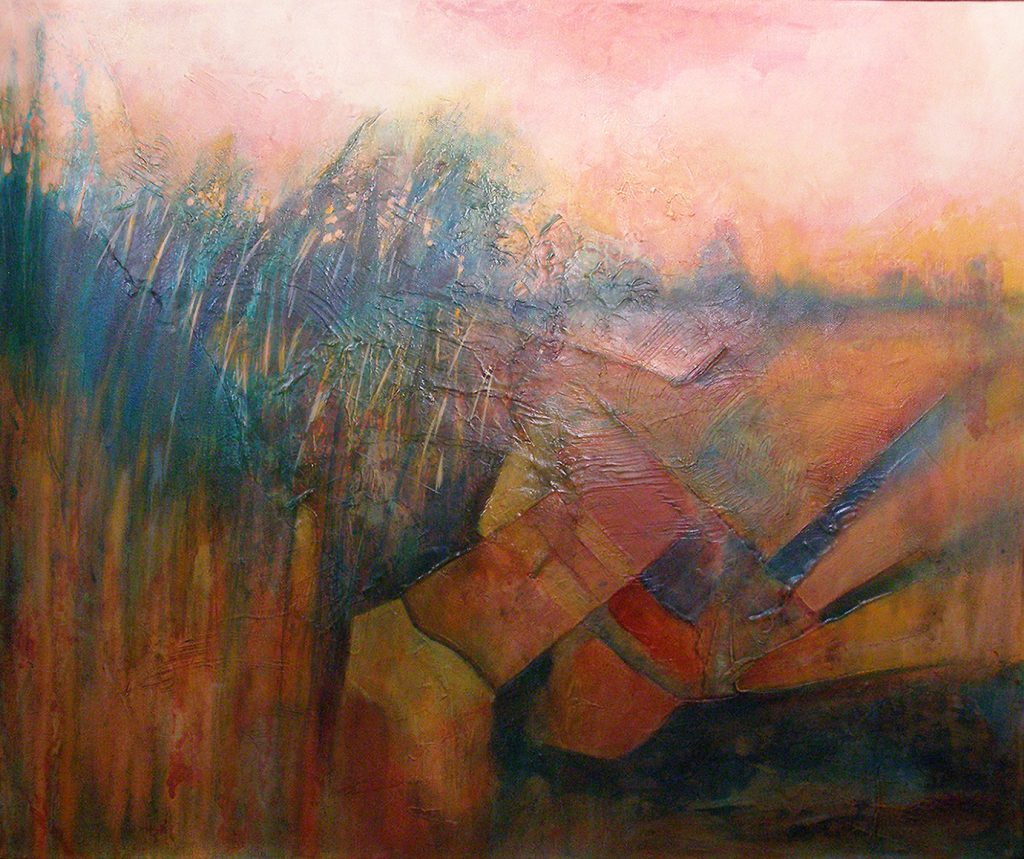Let’s Talk About Art: Grant Wood’s “Victorian Survival”
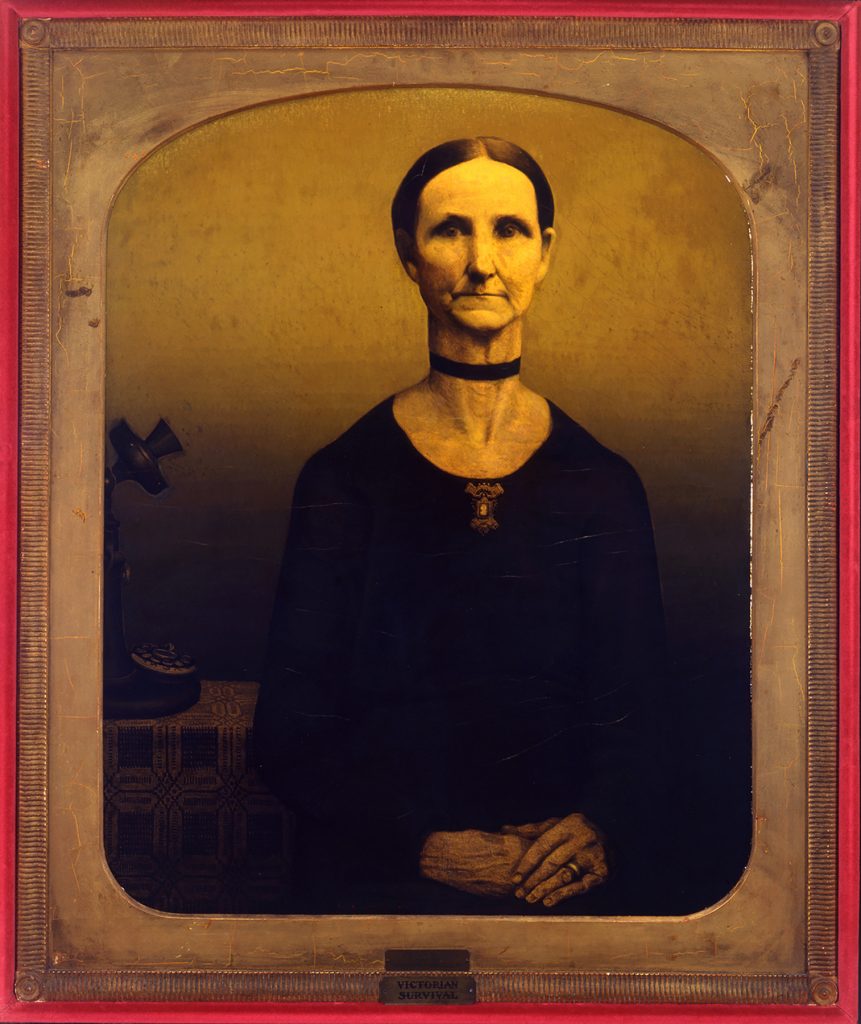
Let’s Talk About Art: Grant Wood’s “Victorian Survival”

Let’s Talk About Art – Toyokuni’s “Geisha and Warrior”
William E.L. Bunn (America, 1910-2009), Dubuque III, 1934, oil on composition board, Dubuque Art Association purchase, 1987.02.11
William E.L. Bunn was born in Muscatine, Iowa. He studied under Grant Wood at the University of Iowa. In March 1934, a call went out through President Franklin Roosevelt’s New Deal program for mural submissions for the new federal post office in downtown Dubuque. This painting is Bunn’s winning submission. Four Mississippi steamboats were named “Dubuque.” The third “Dubuque” was built in 1867 but destroyed by fire in 1876. Bunn’s mural is one of two that can be seen today in the 6th Street entrance of the post office, just across Washington Park from the museum.
Dubuque III is the latest featured work on the museum’s Conservation Corner page. We are raising money for it to be conserved by a professional paintings conservator. See our website for more info and to contribute to the fund: https://dbqart.org/conservation-corner/
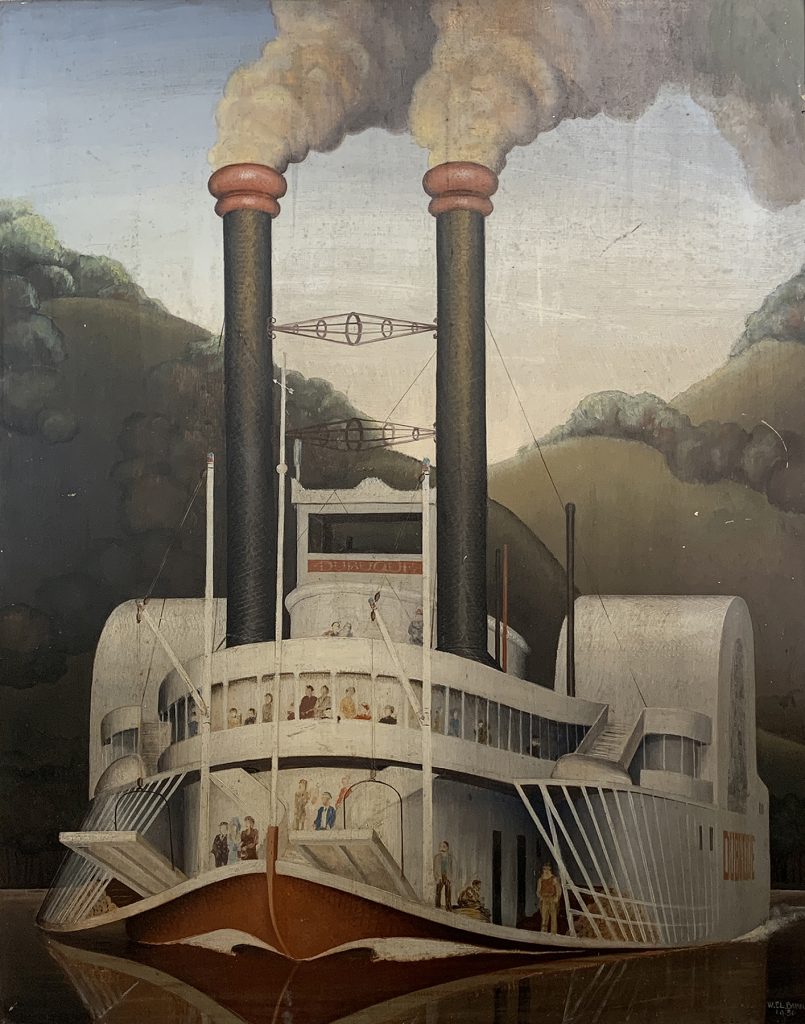
Let’s Talk About Art: Edward S. Curtis’s “A Bridal Group”
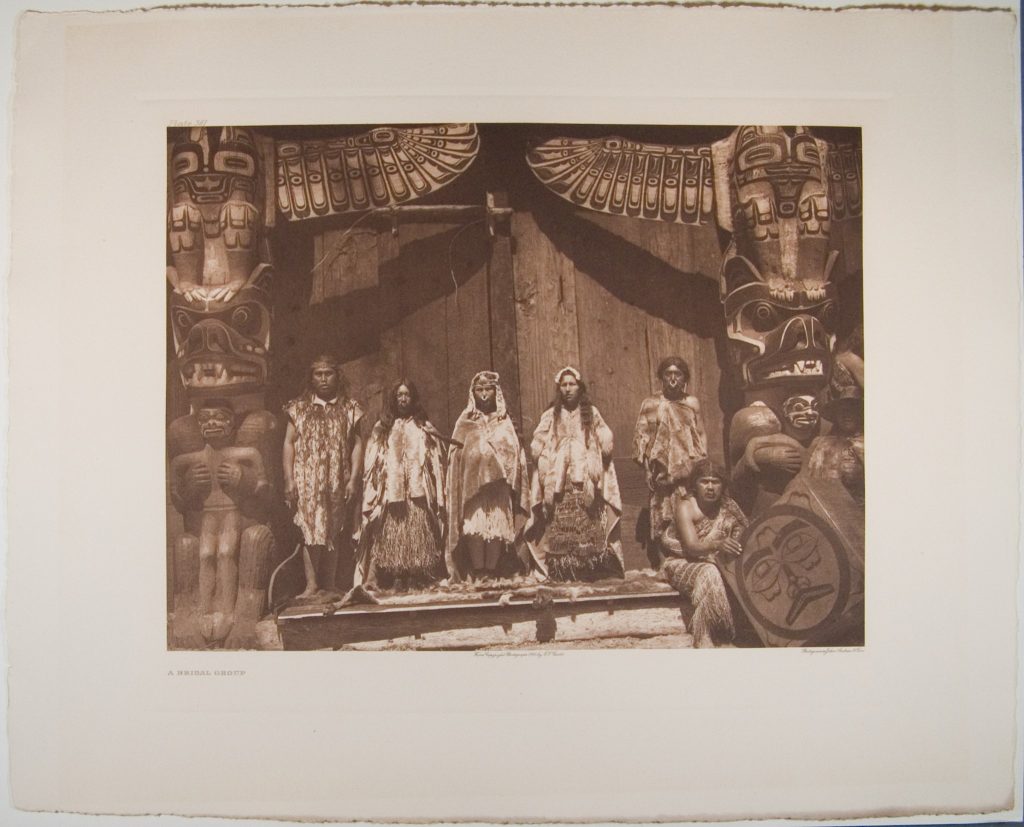
From The Collection: Outdoor Edition
We invite you to hop in the car and go for a drive by DuMA. When you get here, pull over and check out our two outdoor sculptures located off 7th Street.

(Left) Dubuque artist John Anderson-Bricker’s sculpture, Hairball, takes inspiration from the distinctive regurgitations of a beloved family cat. Created from heavy industrial materials and covered in a delicate mosaic, Anderson-Bricker’s oversized “hairballs” are suspended in an articulated steel frame. Using scale to great effect, he playfully transforms them into a monument akin to a towering cat toy only the most fearless feline would take on. Artists often turn to industrial materials to convey their understanding of the natural world. Conversely, natural imagery can be used by artists to understand the industrial and technological elements of our culture. In Hairball, Anderson-Bricker’s ruminations take a lighthearted approach as he explores the artistic connections between the natural and the industrial world.

(Right) Tom Gibbs, Obelisk Number 3. The shape of the obelisk has a long history originating in Ancient Egypt where it was used in funerary and religious ceremonies. This stately form has been widely adopted, from the Washington Monument to countless cemetery headstones, for the gravitas it imparts. In this work, Dubuque native, artist Tom Gibbs uses the obelisk to represent the erosion of time and the imprint of history – a vanitas painting in steel. Obelisk #3’s exposed midsection, heavy gashes, and distressed surface reveal the deterioration process. The industrial steel that it is made from and the machine-made patterns in the exposed areas connect this ancient monument to the modern day. This work also connects the museum to its history. From the 1970s to 1999 the museum was housed in Dubuque’s Old Jail, one of the few Egyptian Revival style buildings in existence.
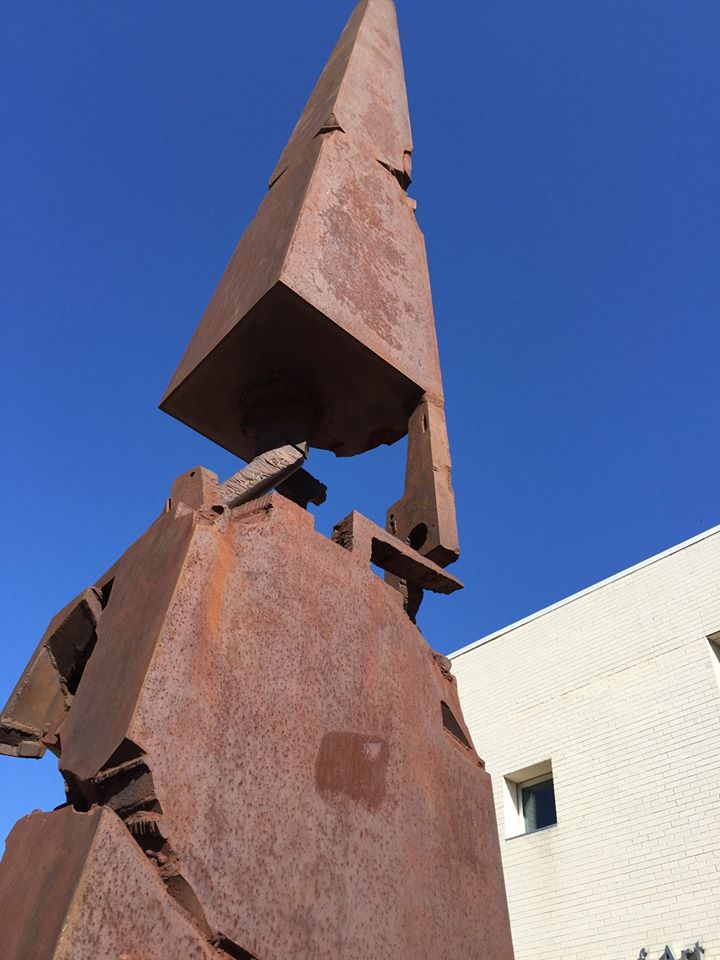
Let’s Talk About Art – Salvador Dali’s The Twelve Signs of the Zodiac -Aquarius
Please Note: Let’s Talk About Art videos will now be be posted every other week on Wednesdays
“Look deep into nature, and then you will understand everything better.”
Albert Einstein
Pairing artwork by iconic artists with music to provide you with a moment of respite and distraction.

Let’s Talk About Art, The Dubuque Museum of Art Collection:
Arthur Geisert’s Old Jail Gallery
Let Nature Be Your Medicine….
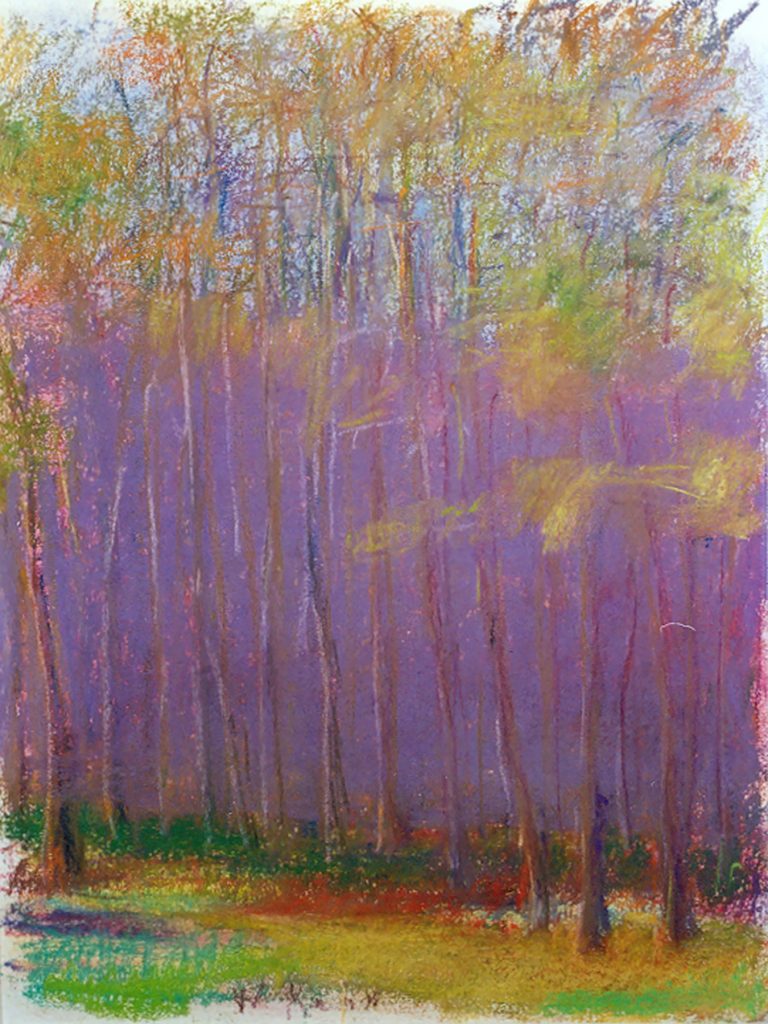
Join us this week as we celebrate the 50th Anniversary of Earth Day! Each day this week will bring you stories and images where nature and art meet.
“Nature is painting for us, day after day, pictures of infinite beauty.”
John Ruskin
